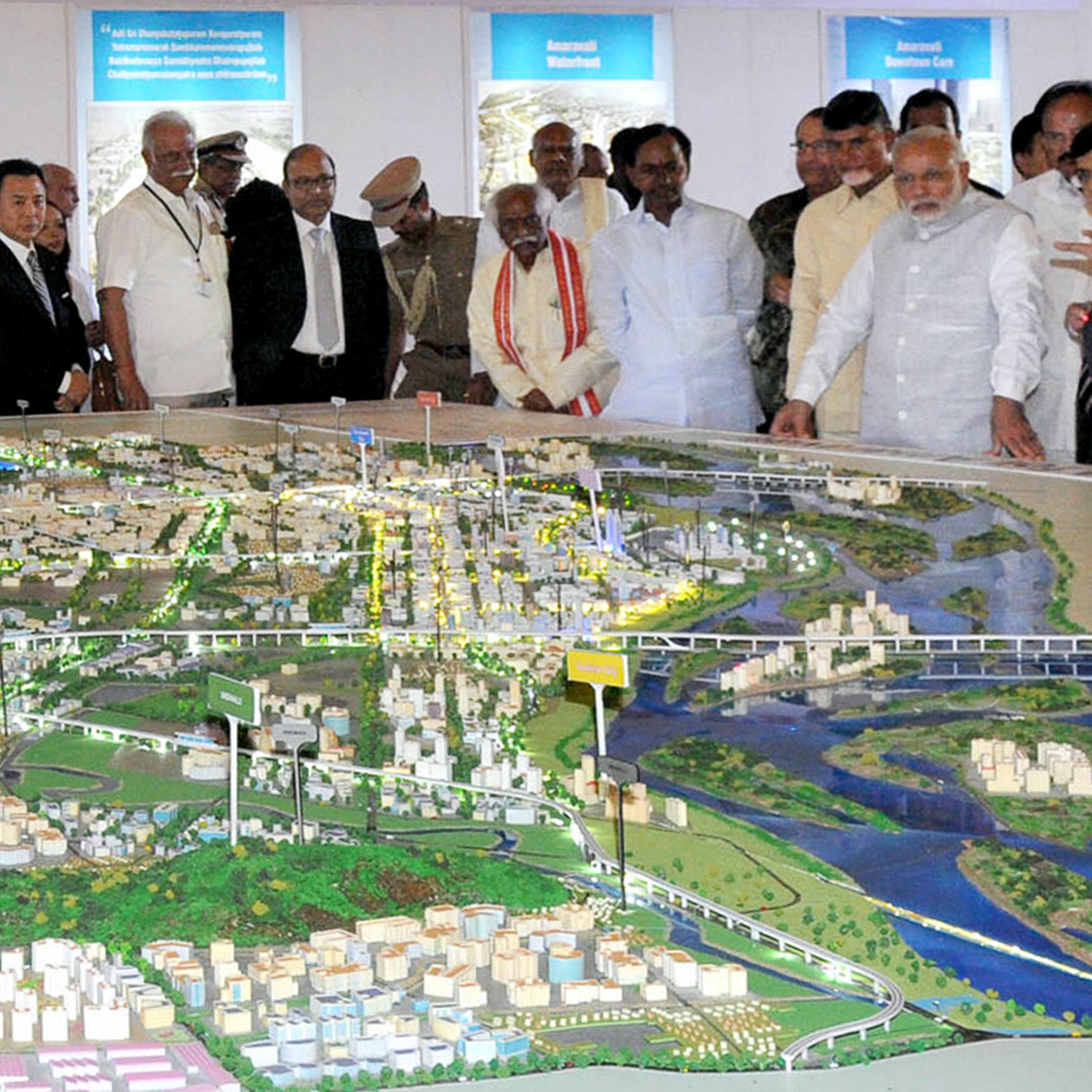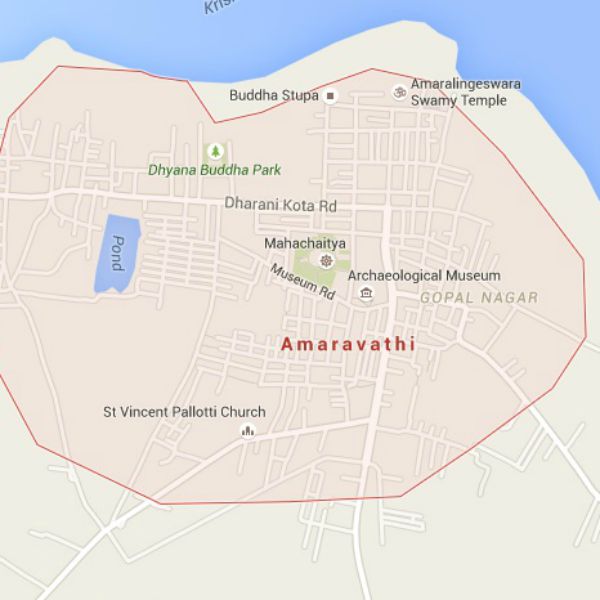
Andhra Pradesh Chief Minister N Chandrababu Naidu is obsessed — rather naively — with technology. Any proposal revolving around technology and its feats tends to dazzle him. It is then not surprising that Naidu’s plan for the new capital, Amaravati, to be built over 10 years and spread over 54,000 acres, is technology heavy. The plan envisages a capital marked by steel-and-glass high rises, mass rapid transit systems and manicured stretches of green. Some urban planners would find this to be a dream layout.
Recall his earlier creation of the much-hyped Cyberabad on the outskirts of Hyderabad when he was the Chief Minister of the undivided state from 1995 to 2004. Naidu is confident that he can repeat the same feat in building the modern city of Amaravati. Of course, he is inspired by the Singapore model, the city-state which has packed in so much in such little space. It would, however, be a mistake to plan an Indian city based on the Singapore model, either economically or in urban planning. There is a huge difference of scale between Andhra Pradesh and Singapore, which could easily distort attempts at replication. Singapore needed to accommodate many different components of a modern city in the small compass of the territory that was available to it. In contrast, Indian cities with their expansive hinterlands in each of them, can afford to follow a different model of working with more space.
Second, Naidu is resentful of losing Hyderabad to Andhra. From the 1950s onward, the entrepreneurs and capitalists from coastal Andhra, who heavily invested in Hyderabad, claimed to have built the city as it exists now. The loss of Hyderabad has economic, political, and, more importantly, psychological dimensions to it, especially for citizens of Andhra Pradesh. Naidu wants to make up for the loss by building a capital that surpasses the city of Charminar in every way possible. His mega plans for the megalopolis of Amaravati stems from this perception.
Also Read: Phase 1 of capital city Amaravati to come up by 2019

PM Modi looks at plans for Amaravati, the new capital of Andhra Pradesh AFP
The days of grand cities are over. In the past, transport and connectivity were not as good as they are now, and it was necessary for artisans, armies, nobility and their entourages to stay in one central place. Then there was also the belief that the political capital was the most important centre in a kingdom. In a democratic society, political power is not as concentrated as it used to be in the monarchical era. The present-day democratic society is also part of contemporary capitalist society, where economic activities tend to be diffused. There is, therefore, no imperative for political and economic power centres to co-exist at the same site. Naidu needs to refashion his concept of a city along these changed urban and economic parameters.

Amaravati city - google maps
There is the core region where the state assembly, the secretariat and the high court are to be located. Then there is the secondary region which will house sport and entertainment hubs. This will also be the site of the information technology (IT) hub, though that is not explicitly spelled out in the plan. The outlying capital region is likely to contain industrial parks. What becomes evident from the master plan is that Amaravati would contain the crucial political, economic, cultural centres within it. That might transform the city into a showpiece capital, but it would also make it vulnerable to becoming overcrowded sooner than later. Naidu should instead create multiple urban centres rather than one exclusive centre of power. This multiplicity of centres would only help to integrate the state more effectively with its people.
Also Read: Andhra Pradesh: Chandrababu Naidu's Amravati e-brick scheme brings in Rs 23 lakh on first day